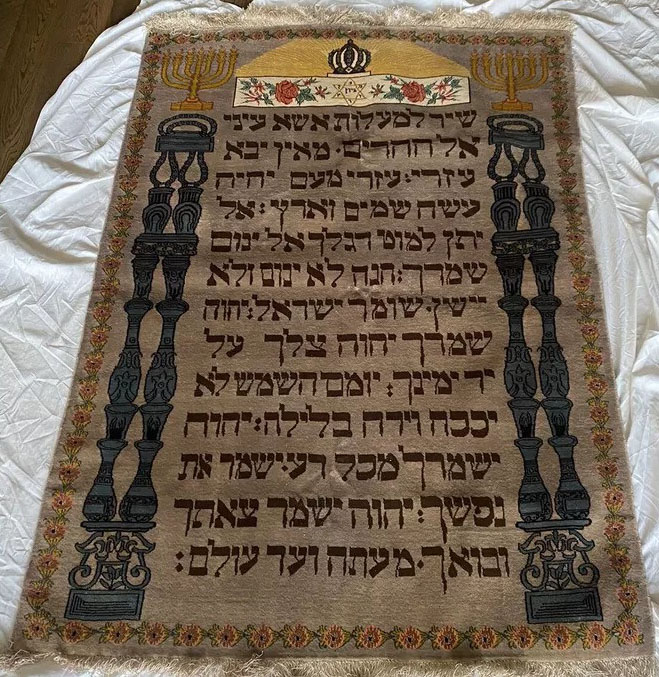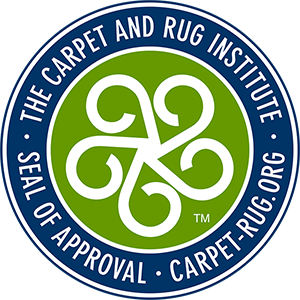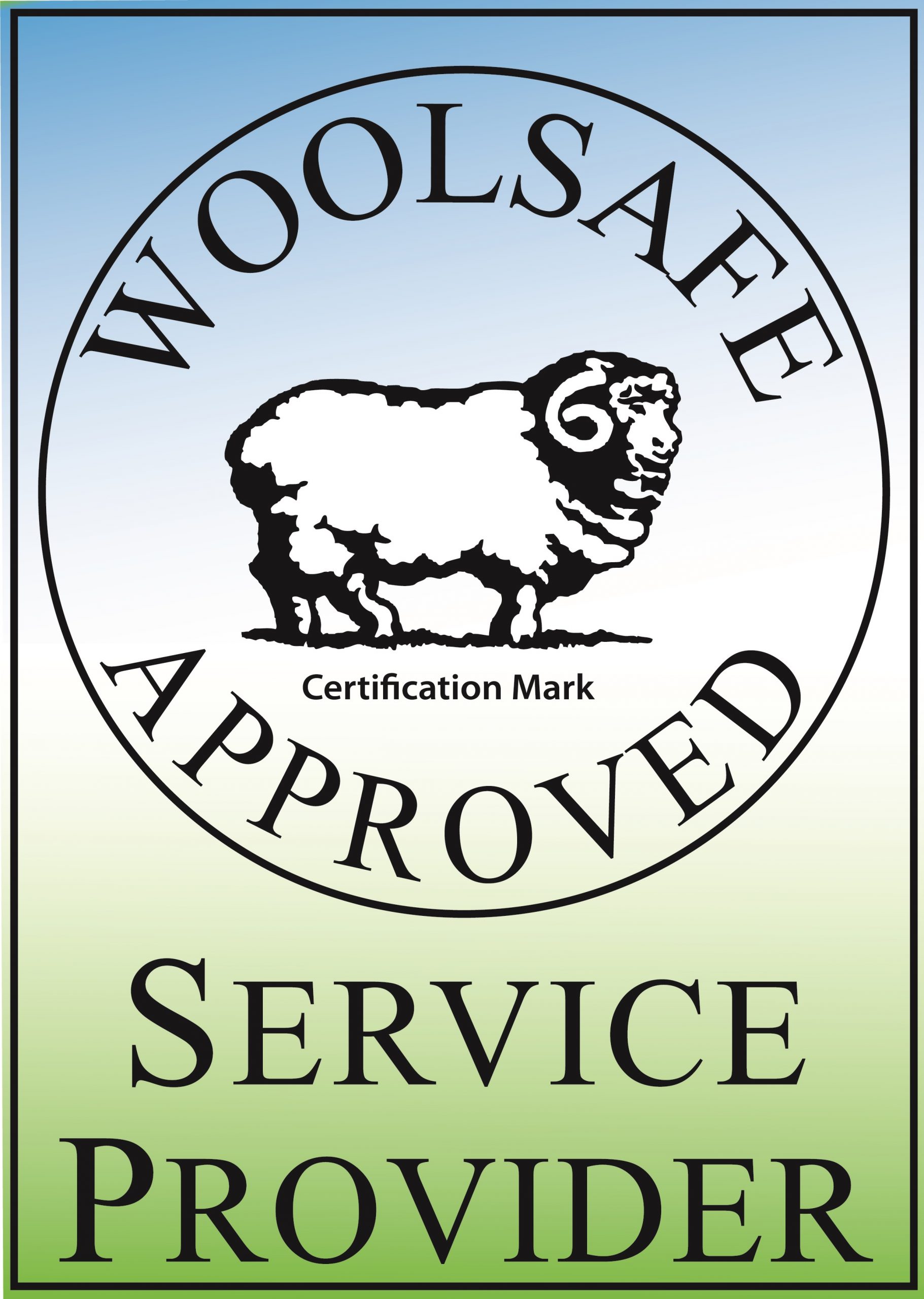
The History and Significance of Jewish Prayer Rugs
The Significance of Jewish Prayer Rugs: History, Tradition, and Rituals
Jewish prayer rugs are a lesser-known but essential element of Judaic religious practice. These rugs serve as sacred spaces during prayer, often symbolizing reverence, tradition, and cultural identity. While many associate prayer rugs with other faiths, their significance within Judaism is deeply rooted in historical and spiritual contexts. In this article, our Rug Master at Oriental Rug Salon will explore the role of prayer rugs in Jewish customs, their history, the regions where these rugs are woven, and the ritual of prostration. We’ll also discuss why some synagogues forego benches and use rugs for seating and recommend the best care and cleaning for these cherished rugs.
The Role of Prayer Rugs in Jewish Tradition
Jewish prayer rugs are primarily used during moments of deep spiritual engagement, providing a clean, sacred space for individuals to pray. These rugs are often adorned with intricate designs, each carefully crafted to symbolize various religious or cultural motifs. For Jews, using a prayer rug can enhance the prayer experience, offering a sense of connection with tradition and faith.
Historically, Jewish prayer rugs were most common in communities where Jews practiced prostration during prayer, particularly in ancient times and within Sephardic and Mizrahi Jewish communities. While prostration is not as common in modern Jewish practice, it remains a vital element in some traditions, especially during Yom Kippur or Rosh Hashanah. In this case, the rug serves as a physical and symbolic shield between the worshiper and the ground, enhancing the sense of humility before God.
Rugs are a practical and spiritual solution in synagogues without benches. Worshipers sit or kneel on these rugs, creating a communal space for prayer. This tradition reflects ancient practices and fosters a closer connection between worshipers and the sacred ground of the synagogue.
A Historical Look at Jewish Prayer Rugs
The history of Jewish prayer rugs can be traced back to various Jewish communities worldwide. These rugs are not limited to any region but are commonly found in areas with rich textile traditions. Jewish communities in Persia (modern-day Iran), Morocco, and Turkey are known for producing exquisite prayer rugs woven by hand and often passed down through generations.
In regions like Persia, Jewish prayer rugs share stylistic elements with traditional Oriental rugs but often include unique religious symbols or Hebrew inscriptions. These rugs are typically woven by master artisans using wool or silk, with designs that feature geometric patterns, floral motifs, or religious symbols like the Star of David. In Morocco, Jewish prayer rugs may feature vibrant colors and patterns influenced by Berber art, reflecting the cultural integration of Jewish and local traditions.
Jewish prayer rugs from Turkey are often smaller but equally intricate in design. Turkish Jewish communities would use these rugs during daily prayers or special occasions, incorporating them into home and synagogue life. These rugs are a testament to Jewish communities’ cultural richness and diversity, each telling a unique story of faith and craftsmanship.
The Ritual of Prostration and the Use of Prayer Rugs
Prostration, or full-body bowing, is an ancient form of prayer still practiced in certain Jewish traditions, especially during the High Holidays. While the ritual is less common in contemporary Ashkenazi communities, it remains a powerful expression of humility and submission to God. The prayer rug is vital in this ritual, providing a clean and sacred space for worshipers to kneel or bow in reverence.
During Yom Kippur, the Day of Atonement, some Jewish congregations will incorporate moments of prostration into their prayer services. Worshipers will bow fully to the ground as a symbol of repentance and spiritual cleansing. In this context, the prayer rug serves as a personal altar, ensuring that the worshiper’s body remains clean while engaging in this deeply spiritual act.
In some synagogues, especially in Sephardic tradition, prayer rugs are used during the entire service, with individuals kneeling or sitting on them rather than using chairs or benches. This practice fosters a sense of communal equality, as everyone shares the same space on the floor, united in worship. The prayer rug, therefore, is a tool for individual spirituality and a way to build communal bonds.
The Importance of Caring for Jewish Prayer Rugs
Given their significance, Jewish prayer rugs are often cherished heirlooms, passed down through families, and used for generations. As with any valuable textile, proper care is essential to maintain the beauty and integrity of these rugs. Over time, regular use can lead to wear and tear, which is why professional cleaning and restoration are necessary to preserve their condition.
At Oriental Rug Salon, we understand the importance of these treasured pieces and offer specialized cleaning and restoration services to ensure their longevity. As a Certified Partner with the prestigious Institute of Inspection, Cleaning and Restoration Certification (IICRC), the International Carpet & Rug Institute, and a WoolSafe Approved Service Provider, we are committed to maintaining the highest standards in rug care. Whether your prayer rug requires deep cleaning, repairs, or a complete restoration, you can trust our experts to handle your cherished rug with care and precision.
Oriental Rug Salon specializes in cleaning and restoring prayer rugs and all types of Oriental rugs and textiles. We use gentle, eco-friendly cleaning solutions that protect the fibers of your rug while removing dirt and allergens. For all your cherished area rug cleaning, restoration, or appraisal needs, you can count on Oriental Rug Salon. Visit us online at https://orientalrugsalon.com/ or call us at 239-424-8171 for more information.
In conclusion, Jewish prayer rugs carry immense cultural and spiritual value, essential in personal and communal worship. By understanding their history, significance, and role in rituals like prostration, we can better appreciate these beautiful faith artifacts.
Note: The inscription on this rug is in Hebrew and is text from the Jewish prayer from Psalm 121 which is commonly known as “Shir LaMa’alot” and is a prayer asking for God’s protection. The inscription reads:
- “I lift my eyes to the mountains—from where will my help come?
- My help comes from the Lord, Maker of heaven and earth.
- He will not allow your foot to stumble; your Guardian will not slumber.
- Indeed, the Guardian of Israel neither slumbers nor sleeps.
- The Lord is your Guardian; the Lord is your shade at your right hand.
- The sun will not harm you by day, nor the moon by night.
- The Lord will guard you from all harm; He will guard your soul.
- The Lord will guard your going and coming, from now and forever.”
This psalm is often used for protection, especially during travel or at times of danger. The two menorahs (seven-branched candelabras) and other symbols on the rug also suggest that it could be a decorative or ceremonial item used in a religious or cultural context. The crown at the top might symbolize divine kingship or God’s sovereignty.



